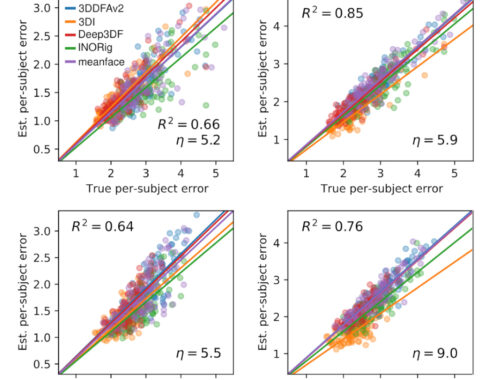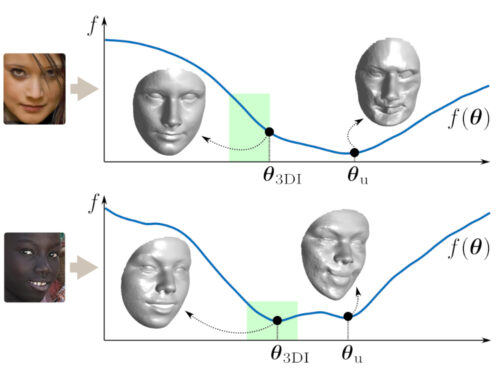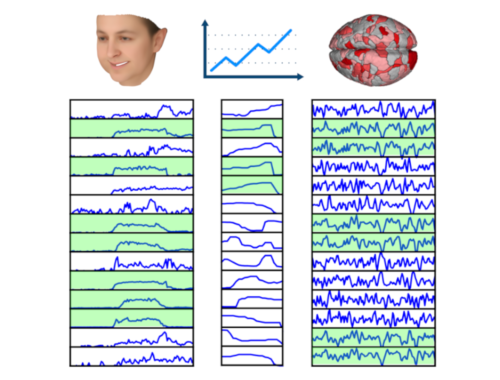Drazin Inverse and what it means
The Drazin inverse and the discussion around it (p400 of C.D.Meyer) made me truly grasp some of the points about what a generalized inverse is and what is the connection between linear operators and matrices; and change of basis.
The Drazin inverse is a natural consequence of the Core-Nilpotent decomposition, according to which, a matrix can be decomposed as $$A=Q\begin{pmatrix}C_{r\times r} & 0 \\ 0 & N\end{pmatrix}Q^{-1},$$where $C$ is nonsingular, and $N$ is nilpotent. Here, $r$ is not the rank of $A$, but the rank of $A^k$, where $k$ is the index of $A$.
First of all, note that the r.h.s. is a similarity transformation. This means that, we are talking about a change of basis. Now let’s see the sense in which the Drazin inverse is generalized inverse of $A$.
Let $\bar A$ be the linear operator corresponding to the matrix $A$, and let $\mathcal B_{\mathcal R}$ be a basis for $R(A^k)$. Moreover, let $\left[\bar A_{/R(A^k)} \right]_{\mathcal B_{\mathcal R}}$ be the representation of the restricted linear operator, $\bar A_{/R(A^k)}$, with respect to basis that we formed using the first $r$ columns of $Q$. Then, *drum rolls* the inverse of this restricted linear operator is:
$$\left[\bar A_{/R(A^k)} \right]_{\mathcal B_{\mathcal R}}= C^{-1}.$$ In other words, the Drazin inverse acts as the inverse operator over the subspace $R(A^k)$
The drawing below shows the operation of Drazin inverse. Note that we illustrate the operation of a singular matrix, and to highlight this, we show an operator that can’t “hit” all the points in $\mathbb R^n$, and some of the points are hit with multiple points from the domain. We do this, because, if we’d focus on a nonsingular matrix, the inverse would be obvious, since the operation would be a one-to-one function. But it is precisely the fact that we can easily talk about inverses for an operation that is not one-to-one that makes Drazin inverses (or more generally, generalized inverses) interesting.
Now since we can’t talk about an inverse for the entire operator $\bar A$, we focused on the version of the operator that is restricted to $R(A^k)$. On this restricted version, we can talk about an inverse and, as you probably guessed it, this inverse is provided by the Drazin inverse. If we use the coordinate representation $\mathcal B_{\mathcal R}$ (i.e., the first $r$ columns of $Q$), then the operator corresponding to this inverse is simply $C^{-1}$.
This is the magic of the Drazin inverse in a nutshell, and why I think it was so illustrative of the concept of Generalized inverse.


